Interview with Johan Rydberg, Stockholm, Sweden

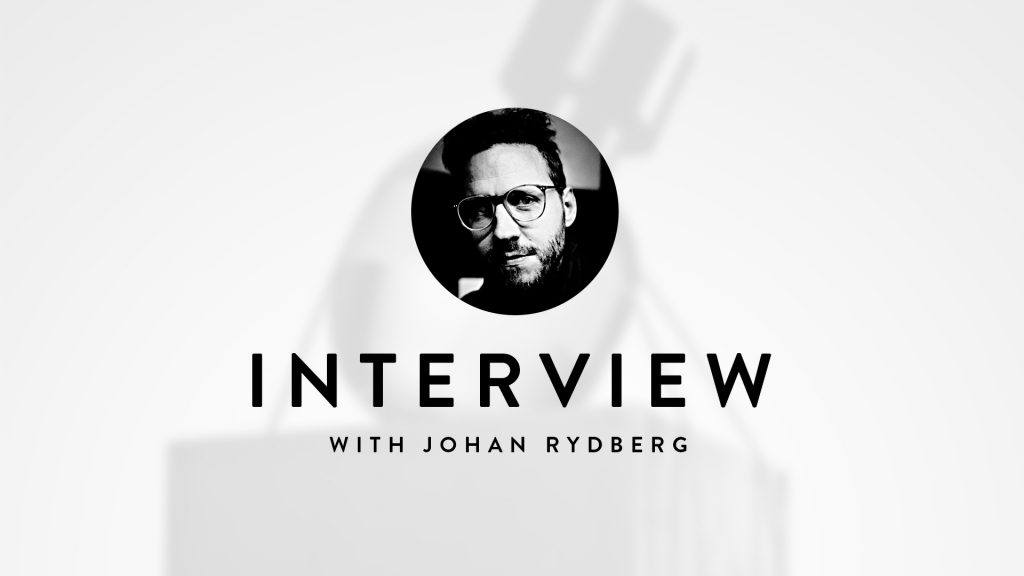
Tell us a little bit about yourself and what did you do before becoming a photographer?
Where to start? Well, I was born and raised on a small island in the baltic sea, in a small village with just over 200 people. As you can imagine there wasn’t a lot to do – most of my time I spent drawing or building lego. But my father happened to have a dark room where he did prints and developed film. Every time I smell fixer it brings me back to that room. Over time I lost interest and focus shifted to computers.
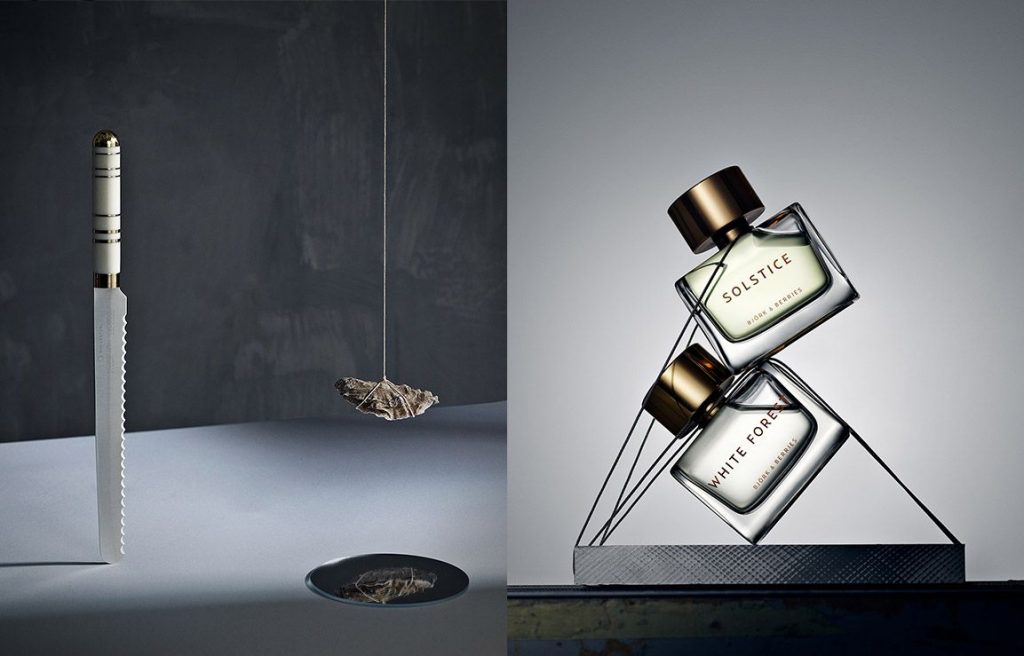
After finishing school I started working as a programmer, just before the dot com bubble burst 2001. I had a couple of rough years doing a bit of everything (went back to school, took some odd jobs) I ended up in Stockholm. This was around the time when the digital DSLRs really started taking off, so I bought myself one of those. Over time my interest shifted more towards analog photography, especially the medium and large formats.
Where did you learn photography?
At some point I think I had almost every medium format Mamiya camera there were, besides the C330. At this point I was shooting a bit of everything and hadn’t really specialized. It was when I took a course at Berghs School of Communication I got into still life and product photography, which really played to my skills as a fairly technical person. Eventually one thing led to another and all of the sudden it was more than a hobby.
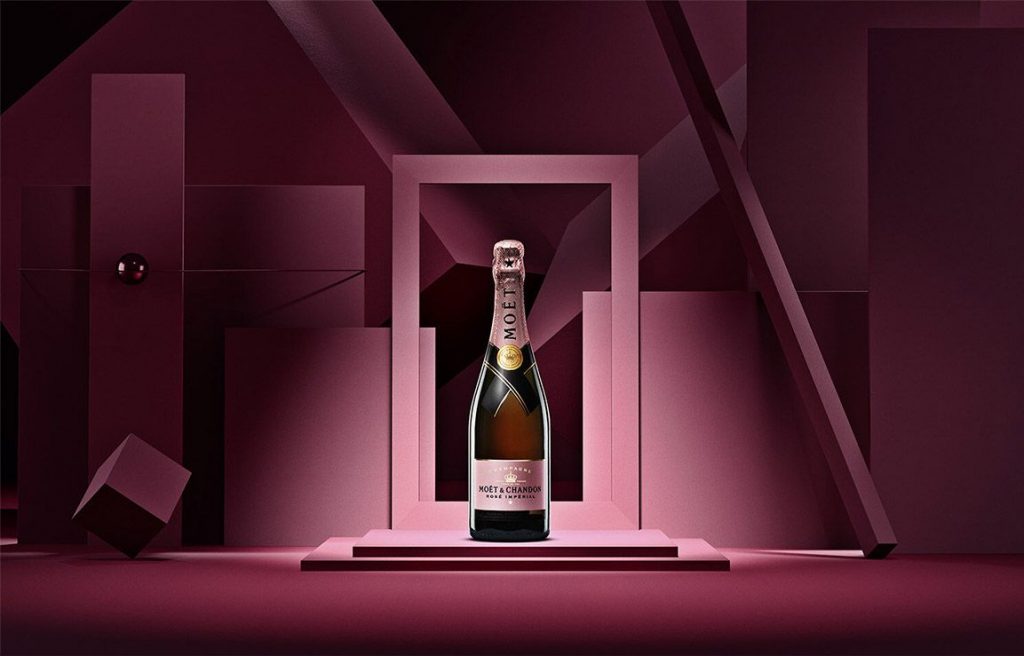
How did you start with commercial product photography? Can you remember your first client?
I believe I started like most people did; you know someone, who knows someone, who needs some pictures. In my case my first client was a small agency doing regular work for a mall. It was fun and sometimes challenging, and didn’t pay very much. But I learned a thing or two about everything with the profession that isn’t photography: How to work with a client, making sure the expectations are clear from each party, and figuring out what they actually need.
Who was the biggest influence in your beginnings?
Actually, the person who influenced me the most when I started was an American photographer called Dana Neibert. He has this romantic but commercial style, and it really resonated with me. I read an interview with him in a Swedish magazine and was blown away. He’s still active and kicking ass.
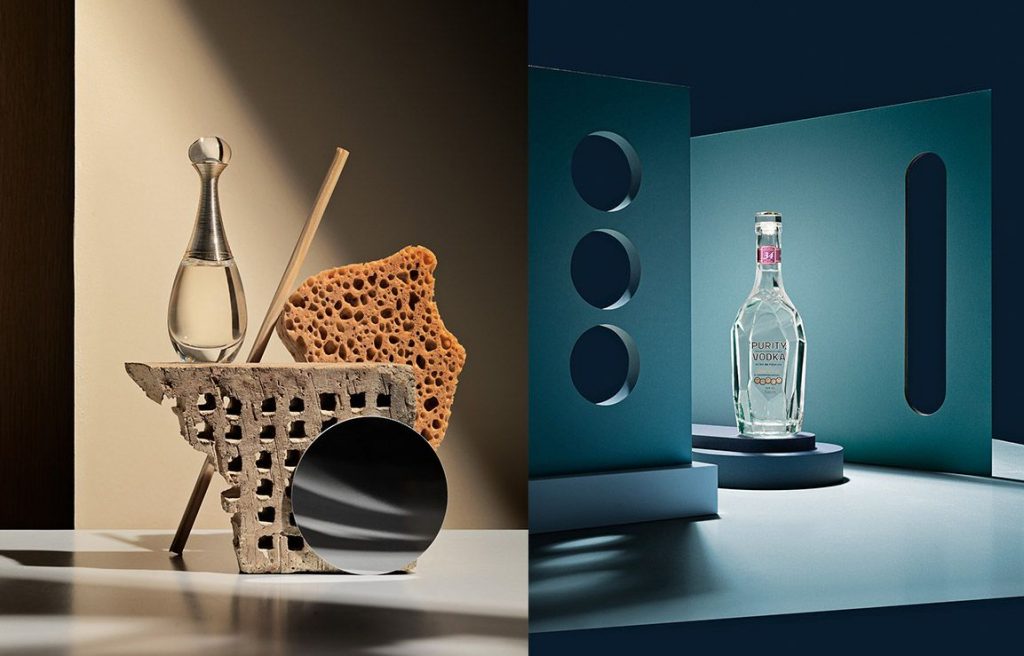
When I started to specialize in still life and product, and me being Swedish, one of the biggest sources of inspiration was Daniel Lindh. He’s the king of bling.
In your studio, what does your typical day look like?
Most days are spent either doing research, preparing or planning. Since I build most of the sets myself I have to source materials, paint, build and all of that – which takes a lot of time.
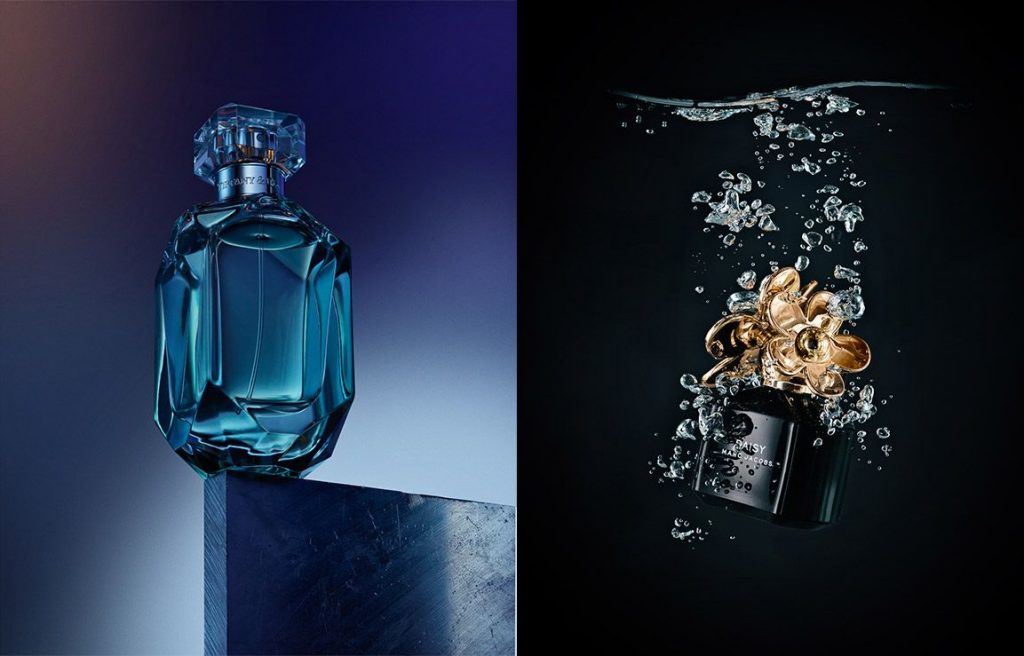
When I’m shooting I normally rig the full set the night before the shoot, so that everything is ready for when the client arrives in the morning. Ideally I want the composition and light to be set for the first picture to the point where the client can just say “yay”. It really kicks off the day if you feel that one of the images is done already in an hour or so. The rest of the day is spent doing one picture after another, working together with the AD (Art director) or CD (Creative director ), making sure they feel that they get what they need.
Describe your ideal client.
I like when the client trusts my creativity to the point where they say “we need something like this, but you do your thing”.
What’s your most used studio gear?
Oh, tough question. You mean besides my camera? 🙂 I would say the one thing I use the most is blu tack, or protective gloves. When it comes to lightning or such, I normally just use a reflector with a grid on it, shot through some Lee 216.
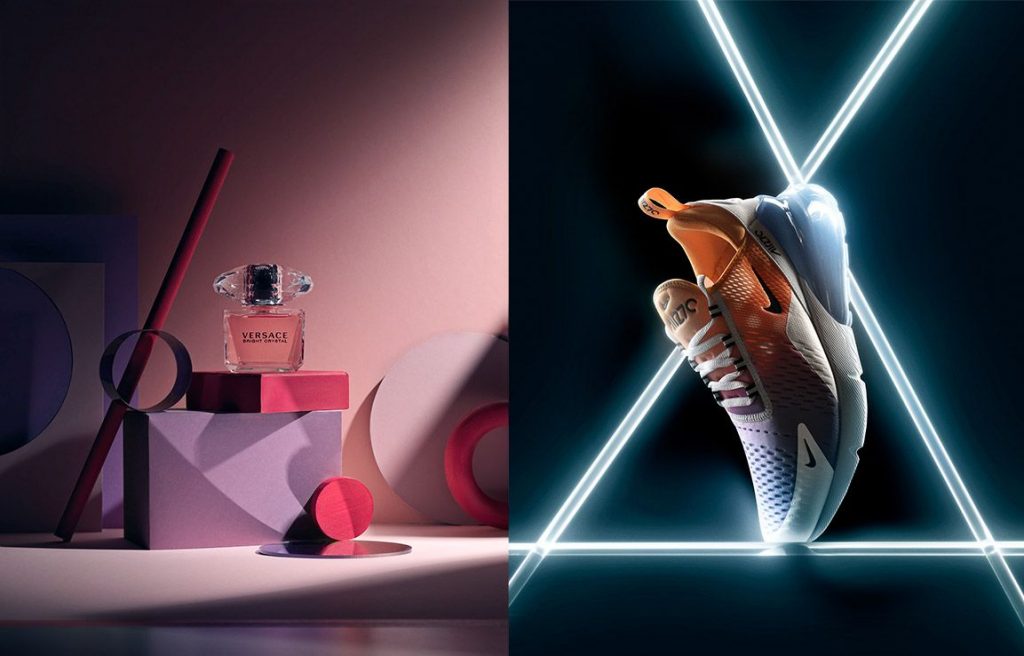
Let’s talk about software. What tools do you use to manage your projects?
I often start a project with a few simple sketches on a piece of paper. Once I feel I have something that could work I draw it up in Rebelle and send it off to the client for feedback. Depending on how complex the images are gonna be I do a pre-viz in CGI (using Blender) to figure out how to place things and how the composition will work with the light.
I shoot using Phocus for Hasselblad, since I have a Hasselblad camera. It isn’t really the best program, but it has a decent workflow.

Post-production; what software do you use to manage and edit your images.
I develop the raw images in Phocus and just edit them in Photoshop. I have no good system really for storing the raw images. I have a folder per shoot with all the images, stored on an external disk. If it’s an important shoot I store it on multiple. All my edited images are stored in both Google Drive and on my NAS. Like most people I use Photoshop to edit the images.
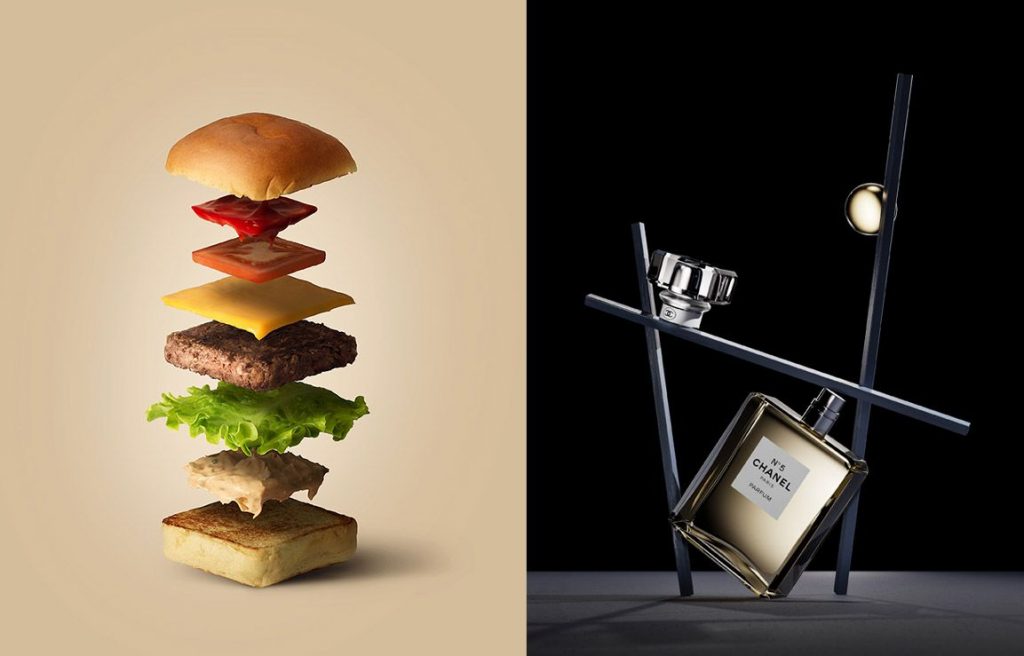
Do you retouch your images yourself or outsource the process?
I try to do most of my retouching since so much of my creative process happens in the editing phase. I also sometimes make decisions in the shooting process about what I will do or not do in post, which really simplifies things.
What’s your opinion about CGI in product photography?
To me CGI is a tool, just like the camera. It has it’s pros and cons. In my experience CGI is super powerful, but not necessarily faster or cheaper. I sometimes combine the two, shooting a set and placing in a product that I have rendered out. Or shooting a product and putting it in a set that I have built in 3D.
Like I said, it’s just different tools. Pick the one that’s most suited for the situation. But I think it’s important to know about CGI and understand what it can do, and cannot do, for you.
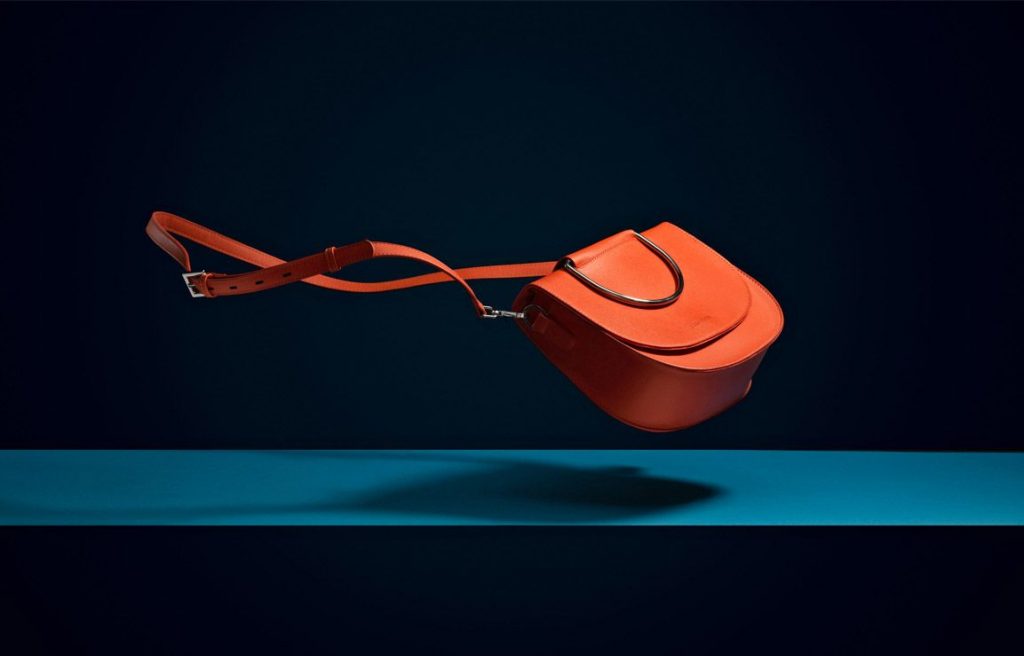
How do you promote yourself? What marketing challenges do you face currently?
I have a couple of avenues for marketing. First off, I got an agent who does marketing for me. On top of that I do my own marketing by cold emailing people. I have PDF versions of my portfolios that I send to people on a regular basis. If you’re targeted enough it works pretty well. Finally, Instagram. I have gotten a lot of smaller clients, and a few bigger ones, though IG.
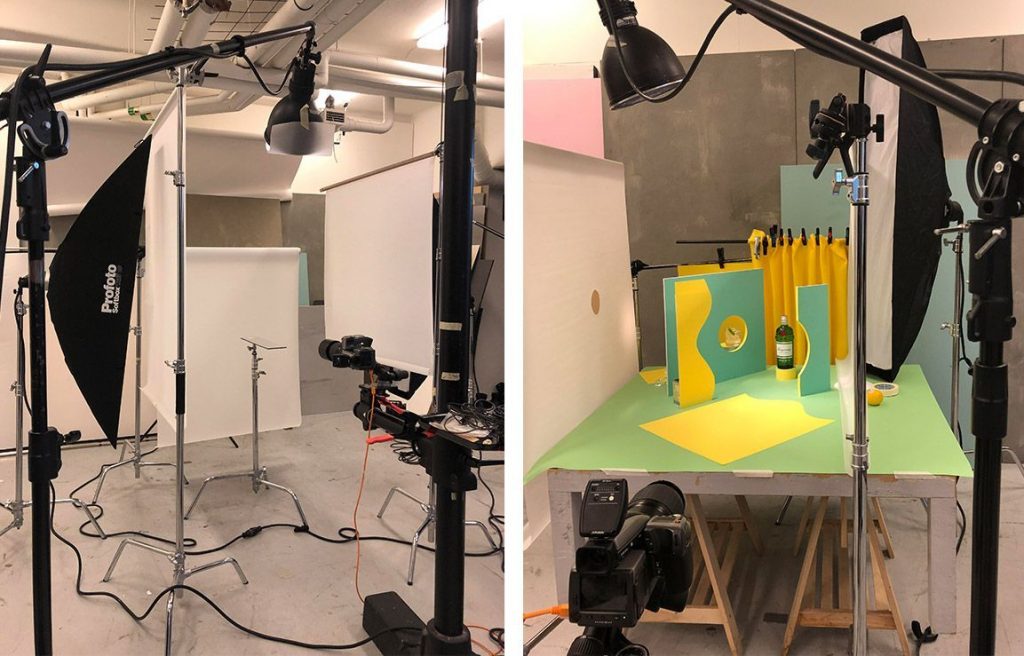
Your top advice for an aspiring photographer?
Shoot and show the work you wanna do. Spend time perfecting the craft. If you have a great portfolio people will come to you, as long as they know you exist (so spend time on marketing). Marketing takes time, so start as soon as possible.
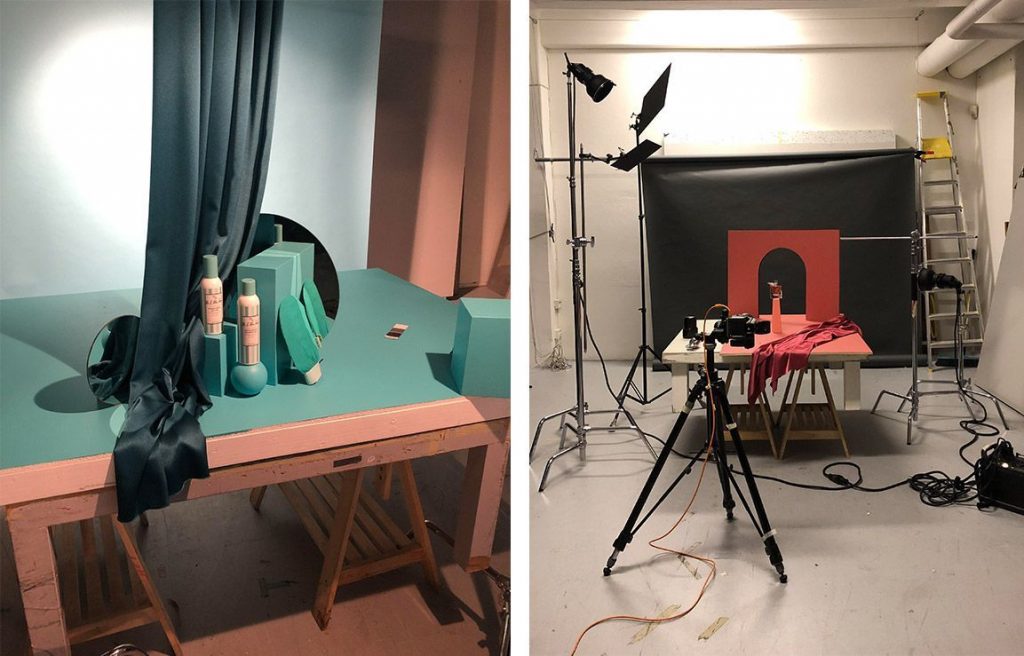
Follow us on Pinterest for more inspirations
pinterest.com/StillLifeAcademy


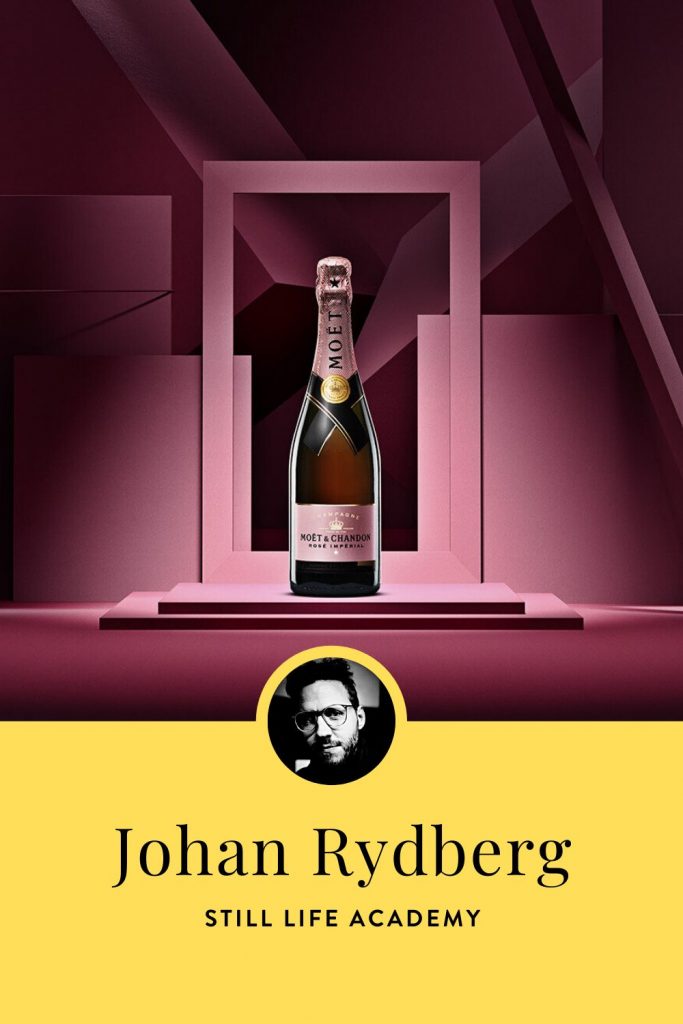
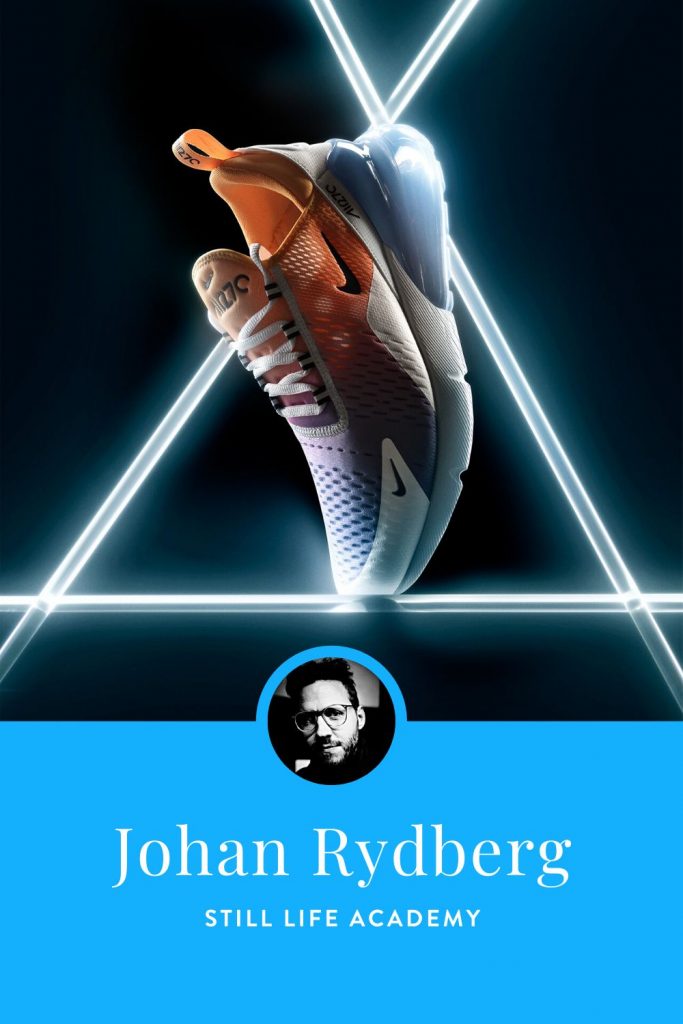
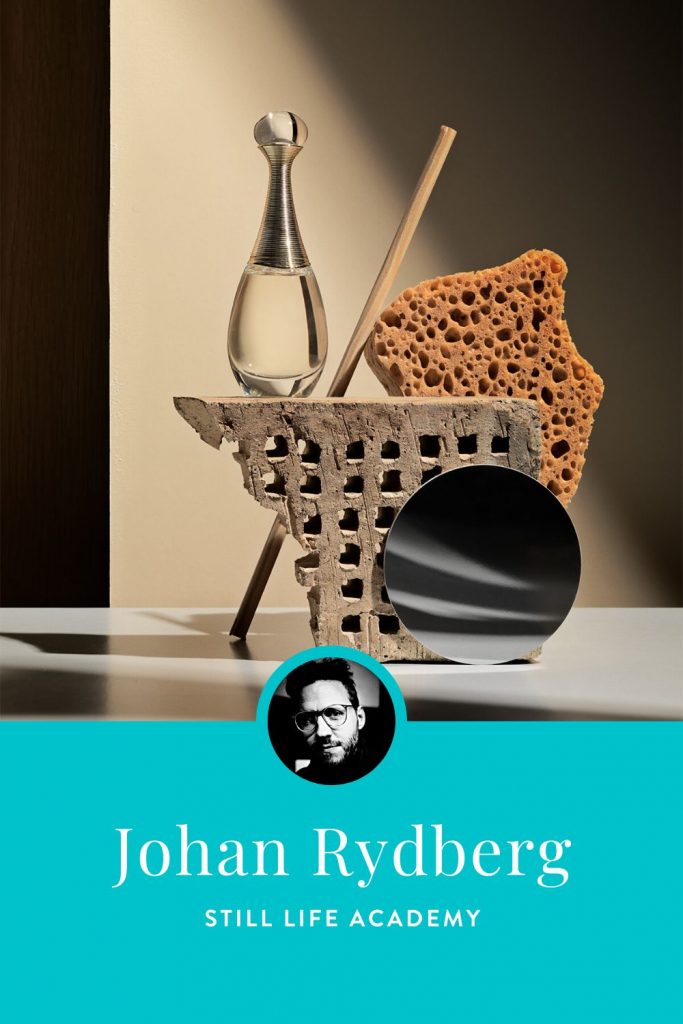
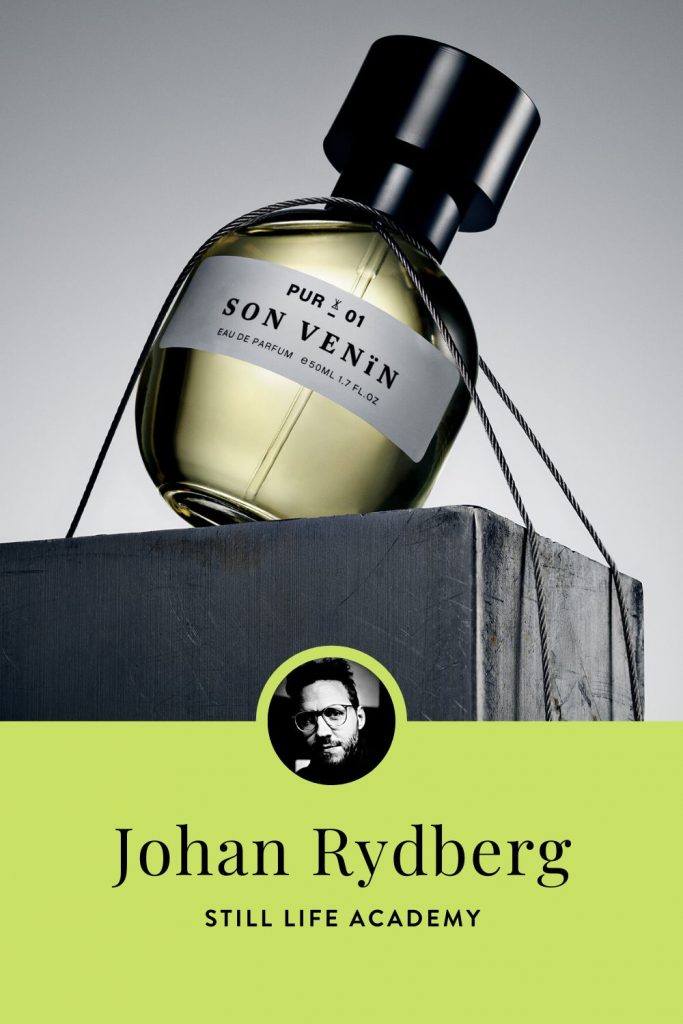
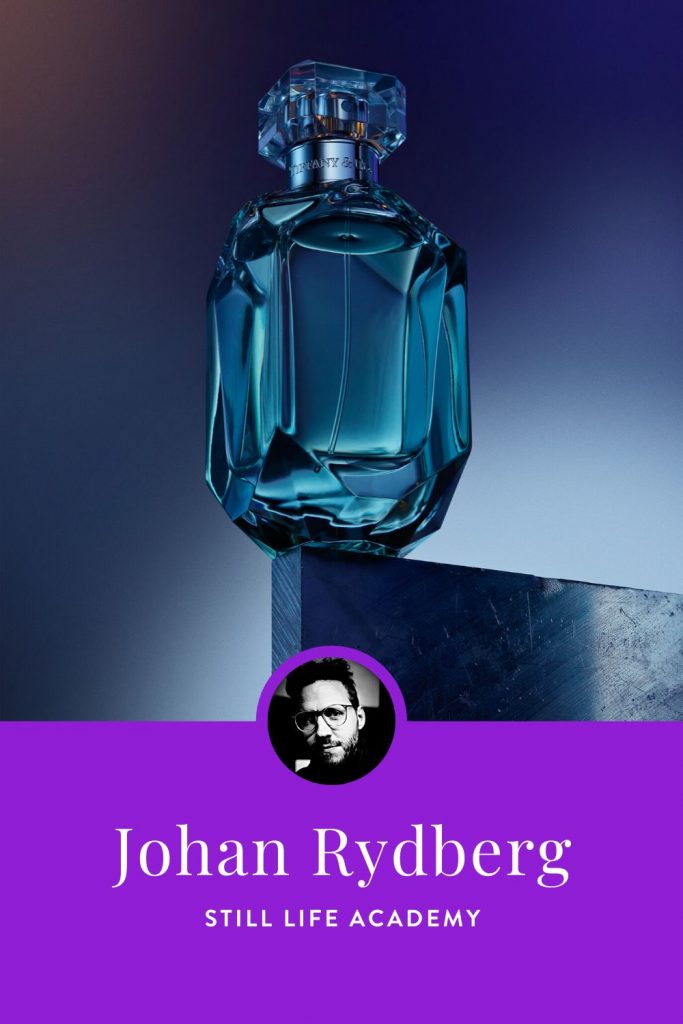
Some great inspiration in his work, really nice work over all, hats off 🙂
It takes some time and many different circumstances to develop a consistent and unique style. You just can’t fake it, that’s obvious.
thanks. i saw his work for the first time last year on facebook. that gave me the first initial spark to use 3d software not only for my hobby, but also for my job as a photographer. thanks johan for inspiring me. … now in my free time i invest more time in blender to train my skills and hope to be able to use it one day for commercial customers.
Same with me. I same across Johan’s work on Instagram and it striked me. Anyone can make things complicated, but to keep them simple, that takes skills and experience. CGI definitely goes hand in hand with this type of work too.
This is amazing. Thank you for the effort.
Stay tuned for more
Bravo Martin, really nice content. Excellent work! Martin can you share his social media and information to follow his work?
I wish I could take some credit for Johan’s beautiful work, but I wouldn’t dare. You can connect with @jrydberg here at the academy or see his other info. at his profile.